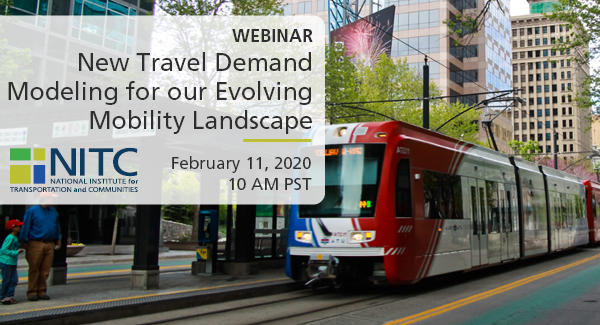View slides
Abstract: We propose to decompose residential self-selection by understanding its formation process. We take a life course perspective and postulate that locations experienced early in life have a lasting effect on our locational preferences in life. In other words, what was experienced spatially is a key factor contributing to our residential self-selection and our preferences in residential locations are formed long before our own self-selection begins. We further hypothesize that prior locational influence interacts with period effect such that the same location experienced in different periods may have distinct effects. Using an empirically collected dataset in the New York Metropolitan Region, we estimated a series of models to test these hypotheses. The results demonstrate that prior locational influence precedes residential self-selection. Furthermore, we show a variety-seeking behavioral pattern resulted from locations experienced during adolescence.

